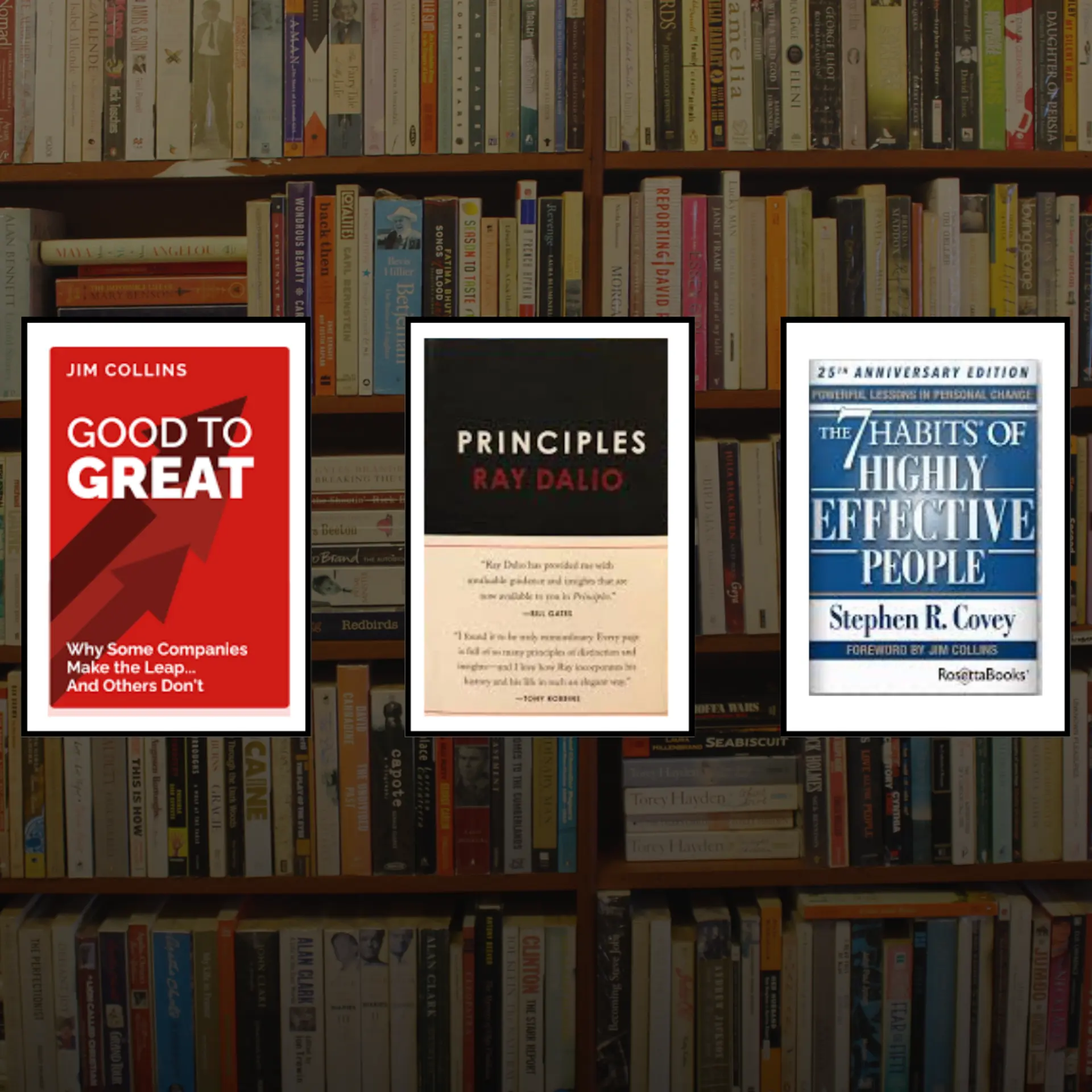Headphones and Hearing Loss: What You Need to Know
Listening to headphones at high volumes for extended periods can lead to permanent hearing loss due to damage to inner ear hair cells. TRead the full article to learn tips on how to enjoy your music safely!
Imagine you're on a journey, enveloped in your favorite tunes, blocking out the world with your trusty headphones. Sound familiar? Well, it's a scene many of us live every day. But as I found myself wondering about the long-term effects of this habit, I stumbled upon a startling statistic: over a billion young adults are at risk of permanent, avoidable hearing loss. Am I one of those billion? And more importantly, are you?
In an era where our ears rarely get a break, it's crucial to understand how to protect our hearing for the long haul. Let's delve into the science behind hearing loss, the impact of headphones, and how we can enjoy our music safely.
The Fragile Nature of Hearing
Our ears are remarkable but delicate instruments. Doctors of audiology explained how our hearing relies on tiny hair cells in the inner ear. These hair cells stand tall when healthy, akin to a wheat field swaying gently in the wind. However, loud sounds can act like a tornado, twisting and damaging these cells. While some recovery is possible, repeated exposure or excessive volume can lead to permanent damage, where the hair cells are bent out of shape forever, resulting in irreversible hearing loss.
The Culprits: Duration and Loudness
Hearing loss from headphones is influenced by both how long you listen and how loud the sound is. This is measured in decibels (dB), and it's important to note that the scale is logarithmic. For instance, increasing the volume from 85dB to 88dB actually doubles the loudness. Many of us unknowingly listen at levels that can be dangerous, especially when trying to drown out background noise like a bustling coffee shop or the hum of a train.
According to the US Department of Labor, exposure to 85dB for more than eight hours is considered unsafe. However, many modern headphones can easily exceed this threshold. A study by the World Health Organisation (WHO) revealed that nearly 50% of young adults aged 12-35 are exposed to unsafe sound levels from personal audio devices.
Noise Cancellation: A Protective Measure
One way to mitigate the risk is through noise-canceling headphones. Initially, I thought noise cancellation was just a marketing gimmick. However, it's a crucial line of defense in noisy environments. There are two types: passive noise cancellation, which physically blocks out sound, and active noise cancellation, which uses microphones to create an inverse sound wave that cancels out ambient noise.
Active noise cancellation is particularly effective against low-frequency hums like airplane engines or air conditioners, but it's less effective for sudden, high-frequency sounds like birds chirping. By reducing the need to crank up the volume in noisy settings, noise-canceling headphones can help protect your hearing.
Tips to Protect Your Hearing
- Keep Volume in Check: Aim to keep your volume at 60% of the maximum. If you can't hear someone speaking at arm's length, it's too loud.
- Take Breaks: Follow the 60/60 rule – listen at 60% volume for no more than 60 minutes at a time, then take a break.
- Use Noise-Canceling Headphones: These can help you enjoy your music at lower volumes by blocking out background noise.
- Limit Use in Noisy Environments: In particularly loud settings, consider over-ear headphones with good passive noise isolation or even earplugs.
- Monitor Listening Habits: Many smartphones now have features to track your headphone usage and provide warnings if the volume is too high.
Headphones are not inherently bad for your hearing. However, misuse can lead to significant damage over time. By understanding the risks and taking proactive measures, we can enjoy our favorite tunes without jeopardising our hearing. Remember, just like wearing sunscreen protects your skin, mindful listening habits protect your ears.







